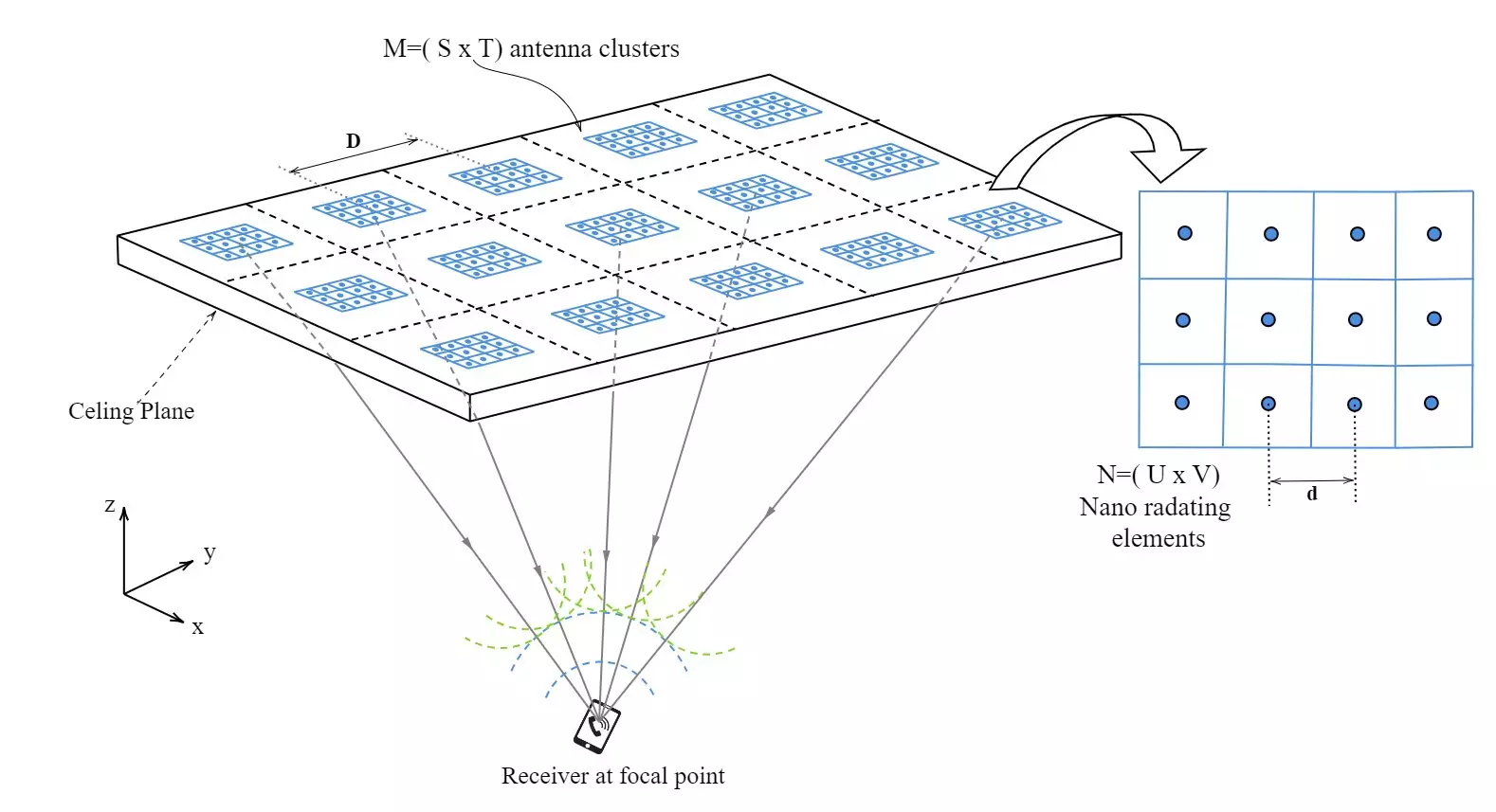As we move deeper into the digital age, the demand for rapid and reliable communication is escalating. Conventional wireless technologies, including well-known standards such as Wi-Fi and Bluetooth, are increasingly struggling to keep pace with this escalating demand. These traditional technologies are hampered by several issues, most notably limited bandwidth and significant signal congestion. As the volume of data generated by devices continues to soar, the need for a more robust communication solution becomes evident. In this evolving landscape, Optical Wireless Communication (OWC) is emerging as a transformative alternative poised to effectively meet contemporary communication needs.
Our recent research highlights an innovative approach that utilizes infrared (IR) technology to enhance indoor wireless communication systems dramatically. Published in the IEEE Journal of Lightwave Technology, our findings underscore the potential of OWC to deliver reliable and interference-free transmission—a challenge that has long plagued RF-based systems. Central to our development is a novel concept termed the “phased array within a phased array.” This mechanism draws inspiration from the principles of quantum superposition, allowing for a sophisticated interplay of signals that vastly enhances transmission capabilities.
In essence, our system employs an intricate design where smaller optical antennas are orchestrated within larger arrays. Such meticulous alignment on a flat surface enables a synergistic interaction that amplifies the IR signal with unprecedented accuracy. Rather than relying on a solitary transmitter—which is often vulnerable to interference—this innovative method utilizes a collective of transmitting clusters. This redundancy mimics the overlapping nature of quantum states, ensuring signal integrity and clarity even amidst physical obstructions or complex indoor environments.
A key feature of our optical communication system is its implementation of dual transmission wavelengths. This technique optimizes signal focus and stability, addressing one of the main limitations of traditional wireless systems. By ensuring that the spacing between clusters is appropriately optimized, our configuration achieves remarkable beam accuracy while dramatically reducing the risk of signal degradation, even when clusters are spaced farther apart.
The implications of this multi-cluster architecture extend beyond mere performance metrics. It offers a profound shift in how we approach indoor wireless communications by utilizing a framework that emphasizes reliability and precision. This facet is particularly crucial in environments where uninterrupted communication is imperative—such as in healthcare settings where data transfer integrity can have life-or-death consequences.
In addition to performance enhancements, our research emphasizes energy efficiency as a fundamental aspect of the system. Drawn from natural models, we implemented an Ant Colony Optimization (ACO) algorithm that intelligently manages resource usage. The ACO algorithm operates similarly to how ants navigate their environment to find the most efficient path to resources, selectively activating only the clusters necessary for transmission. This stands in stark contrast to traditional wireless systems that often waste energy by keeping entire networks powered, regardless of demand.
Our selective deactivation of idle clusters not only preserves energy but also reduces operational costs, minimizing the environmental footprint of wireless communication systems. This innovation aligns with the global movement toward sustainable technology practices, signaling a shift that could redefine energy consumption in the telecommunications sector.
The potential applications for our optical wireless communication system are extensive and varied. From medical facilities requiring constant, secure connectivity to industrial environments where data integrity is crucial, the versatility of our design opens avenues for transformative communication solutions across multiple sectors. Importantly, the principles established through our phased array design are not confined to infrared wavelengths alone but can be adapted for various other wavelengths as the technology advances, offering significant scalability.
This research not only addresses current communication challenges but also envisions a future where indoor connectivity is faster, more efficient, and environmentally responsible. It is about pioneering the next generation of communication technology—one that fundamentally reshapes how we interact and connect in an increasingly digital world. As we continue to develop and refine these technologies, we stand on the cusp of a new era in wireless communication, poised to facilitate smoother and more sustainable connections across diverse applications.



Leave a Reply